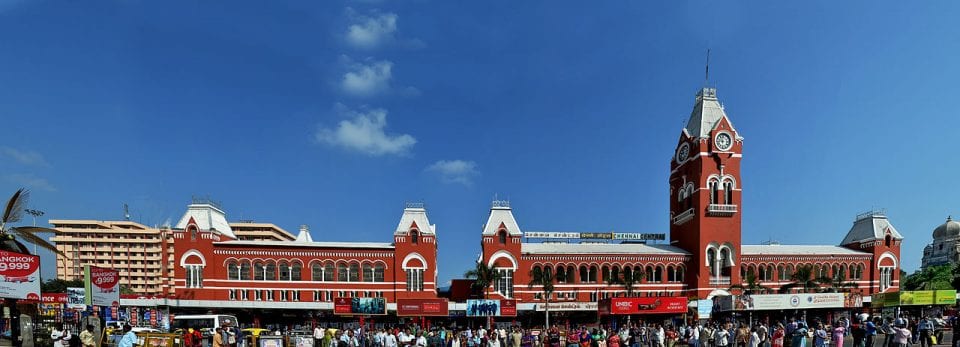
Why 2,000-year-old Chennai shouldn’t celebrate its 380th birthday

Even as a section of Chennai erroneously trudges along the path of ‘380-year-old celebration’, scholars, epigraphists and history lovers have demanded that Chennai should be projected as a city that is over 2,000 years old, judged by overwhelming archaeological evidence and recorded history.
There is perhaps no other city in the world with a living culture that is over 2,000 years old – at least 50 to 60 performances in the fields of art, literature, music and dance take place every day in the city – whose origins go back to 5th or 7th centuries.
Chennai being over 2,000 years old was established even by Col Mackenzie, India’s first Surveyor-General, in what is known as the Mackenzie Manuscripts, where he records that Kurumbars ruled the city then and were subsequently defeated by Thondaman. Later, there have been several rulers like Cholas, Pallavas, Pandyas, Satavanahanas, Chalukyas, Rashtrakutas and the Vijayanagar Empire. The British were the last to come here and conquer the land with bullets and money.
In fact, the city has strong prehistoric roots, with Robert Bruce Foote discovering Asia’s first Stone Age weapon at Pallavaram/Tirusoolam, and subsequent archaeological finds proved that several parts of the erstwhile Chengalpattu district, now part of Greater Chennai, had habitations of nomadic man, as recorded by noted historian C S Srinivasachari even in 1939.
Pallavaram has cave-temples from the great Pallava king, Mahendra Varman, of the early seventh century and had his birugas (royal insignia) engraved on its facade. This shrine is one of the most ancient historic antiquities of Madras.
Manimangalam near Tambaram, which witnessed a battle in the 7th century has recorded the clash in a Kurram copper plate. Another battle fought in the 10th century was recorded as an inscription in Manimangalam which has over 14 inscriptions relating to Chennai’s antiquity.
The Parthasarathy temple in Triplicane houses a Pallava inscription dating 808 AD. Similarly, inscriptions abound in places like Velachery, Tirusulam, Tambaram, Somangalam, Pozhichalur, Mylapore, Thiruvanmiyur, Adambakkam, Nanganallur, Tirunirmalai, Kundrathur, Koyambedu, which testify the existence of the city at least from 10th century onwards.
The Pasurams of the Alwars and the Padhigams of the Nayanmars refer to several places in Chennai like Mylapore, Triplicane, Thiruvanmiyur, Tiruvottriyur, Tirunirmalai, Tiruninravur, Tirumazhisai among others.
The antiquity of places like Kodambakkam, Egmore, Kundrathur, is recorded in literature. Several temples in Greater Chennai region are called Hymned Temples as the Devaram composers of Thirugnana Sambandam, Sundarar and Appar had sung Shaivite poems musically, which were the forerunner to the Carnatic ragas of comparatively recent times.
To those who claim that the British were the first to unite villages under the administrative unit of Madras, it must be pointed out that an administrative unit called Puliyur Kottam had already existed for over 17 centuries from the time of the Kurumbars 2,000 years ago till the British Raj. This administrative unit of Puliyur Kottam encompassed a huge area close to the Greater Chennai of today and was continued by all the rulers including Chola, Pallava, Pandyas and Vijayanagar empire, though some of the villages might have been given additional names by some of the rulers. A pretext is offered for the August 22 ‘celebration’ saying some date is required! There are enough dates available prior to the advent of the British, for instance, the Penneswaramadam inscription of July 21, 1367, which records the existence of Madraspatnam, much earlier than that of the East India Company.
A huge task awaits the administrators to preserve the inscriptions and documents available across Greater Chennai, to unearth more historical treasures and to take the story of Heritage Tourism all over the world. The Chennai 2000 Plus Trust aims to propel administrators in this regard, in the task of preservation of the city’s ancient culture.
(The cover picture is sourced from Wikipedia and the photo is by Augustus Binu.)


